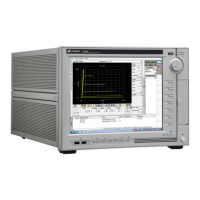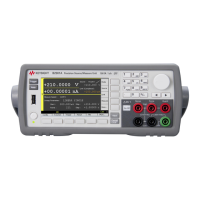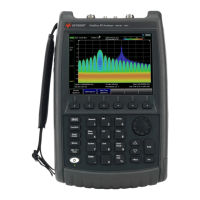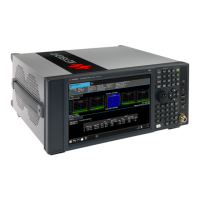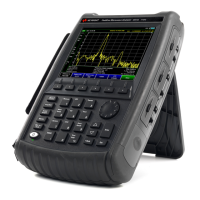18 Keysight B1500A Connection Guide for Wafer Prober, Edition 1
Connection Guide for Wafer Prober
Connection for low resistance measurement
Connection for low resistance measurement
This section provides the information useful for connecting cables and probing needles to a
connector plate with Kelvin connections.
To make connection to measure low resistance
When you measure a low resistance, high current flows through the DUT. This high current
increases the measurement error caused by the residual resistance of cables. To cancel the
effect of this resistance, you can use Kelvin connections (4-wire, remote sensing), which
means the Force and Sense lines are extended separately to the DUT.
Connect the probing needles to the terminals of the connector plate by using test leads or
coaxial cables. Following instruction uses the coaxial cables:
1. Cut and trim end of the coaxial cable so that the center conductor does not touch the
outer conductor (connected to the guard terminal).
2. Connect the center conductor to tail of the probing needle. Never connect the outer
conductor to the probing needle. However, the outer conductor should be extended as
close as possible to the probing needle.
3. Connect the outer conductor to the outer conductor of the probing needle if it is a
coaxial probing needle.
4. Perform 1 to 3 for both Force and Sense lines.
5. Contact the probing needles for the Force and Sense lines as close as possible to the
DUT.
The following example connection can be used to measure low resistance. The Sense line
is extended to the probing pad, and contacts the Force line through the pad, so the voltage
drop due to the residual resistance caused by cables and test leads is canceled.
Figure 1-14 Cable and Probing needle
Kelvin connection
Kelvin connections give good measurement results when you force high-current. The
following figure shows the equivalent circuits for Kelvin and non-Kelvin connections.
Probing needle
Connector plate
Outer conductor
Center conductor
Coaxial cable
Contact pad
Contact pad
Force
Sense

